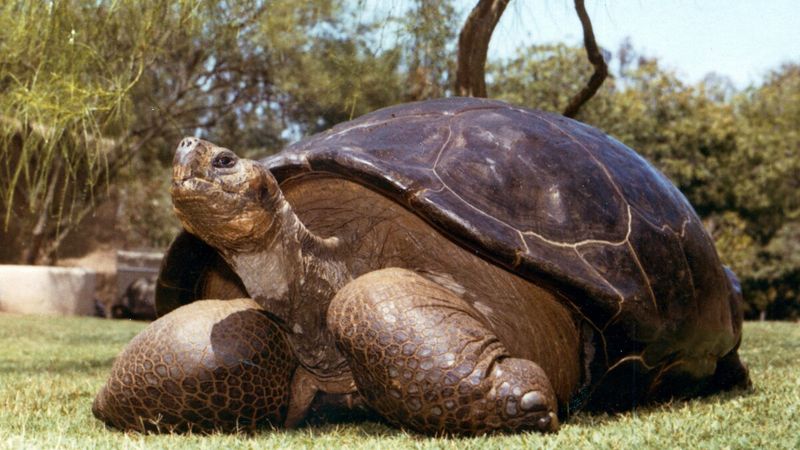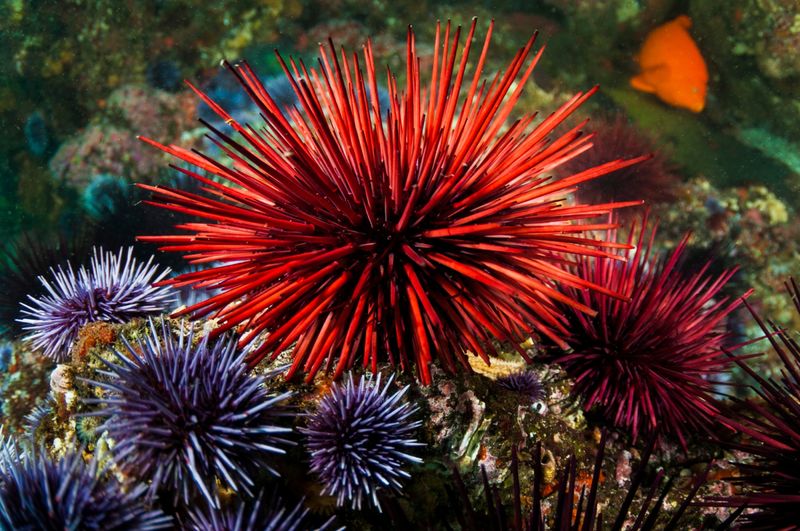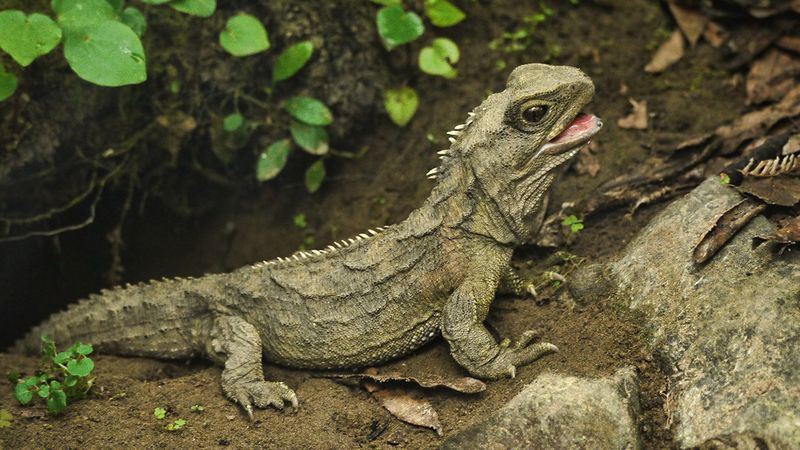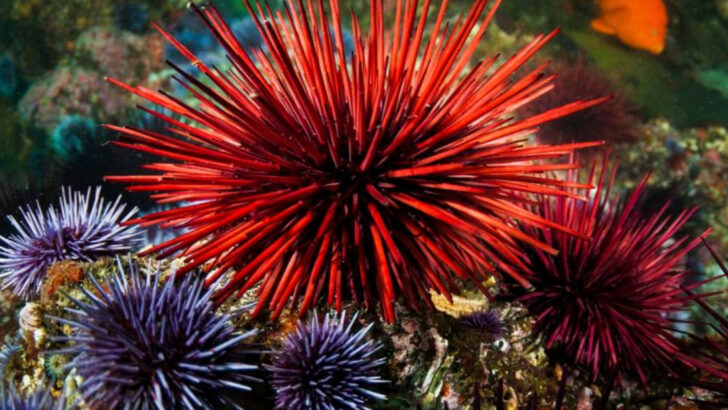Some creatures laugh in the face of time—while we’re blowing out 80 candles and calling it a good run, they’re just hitting their prime.
These animals don’t just age.
They endure.
They outlast wars, empires, and entire generations of humans without so much as a wrinkle.
We’re talking about the slow-living, hard-shelled, deep-sea-dwelling wonders that treat centuries like pit stops. Some of them were around before your great-great-grandparents were born—and they’ll probably outlive your great-great-grandkids too.
So if you’ve ever wished you had a few extra decades to relax, meet the creatures who turned “growing old” into an Olympic-level superpower.
Bowhead Whale

The Bowhead Whale, known for its colossal size and curved jaw, is a true marvel of longevity. Spanning the chilly waters of the Arctic, these gentle giants can live over 200 years, making them the Methuselahs of the oceanic world.
A fascinating fact about the Bowhead is their thick blubber, vital for surviving the icy habitats. Surprisingly, they possess the largest mouth of any animal, which is perfect for their filter-feeding lifestyle.
Their long lives have allowed scientists to uncover secrets of the past, with some even harboring ancient stone harpoon fragments.
Galápagos Tortoise

The Galápagos Tortoise, with its slow-paced grace and wrinkled visage, can reach over 100 years old. These tortoises roam the Galápagos Islands, their leisurely strolls a testament to their tranquil existence.
Despite their size, these reptiles are herbivores, thriving on a diet of cactus, fruits, and leaves. Their long lives have made them symbols of endurance and patience.
Charles Darwin studied these tortoises, contributing to his theory of evolution. Each tortoise’s shell shape varies with their specific island, an adaptation marvel.
Greenland Shark

The enigmatic Greenland Shark, lurking in the frigid depths of the North Atlantic, is one of Earth’s longest-living vertebrates. Some live up to 400 years, navigating the darkness with unhurried elegance.
Their slow metabolism contributes to their extensive lifespan, allowing them to thrive where few others can. These sharks grow slowly, often reaching maturity only after a century.
Interestingly, their flesh is toxic when fresh, a quirk of their biology that requires special preparation to become edible. Their lives are akin to a slow, unfolding mystery.
Koi Fish

Beneath the tranquil surface of a pond, Koi Fish glide gracefully, their scales shimmering with color. These ornamental carp are renowned for their astonishing lifespans, often exceeding 200 years.
In Japanese culture, Koi symbolize perseverance and strength, swimming against currents and time itself. One famous Koi named Hanako lived to be 226, her age verified through scale analysis.
Their vibrant colors and calming presence make them cherished additions to gardens worldwide, embodying a timeless beauty that transcends generations.
Red Sea Urchin

In the underwater realms of the Pacific, the Red Sea Urchin stands out with its striking hue and remarkable lifespan, sometimes reaching over 200 years.
These echinoderms dwell in shallow waters, using their spines for mobility and defense. Despite their appearance, they are delicate creatures, sensitive to environmental changes.
Their longevity is a focus for scientists studying aging, as these creatures show little sign of aging throughout their extensive lives. Their existence is a vivid testament to the mysteries of marine biology.
Ocean Quahog

The Ocean Quahog, a humble bivalve mollusk, holds the record for the longest-lived non-colonial animal, with some living over 500 years.
These clams inhabit the cold waters of the North Atlantic, their age determined by growth rings on their shells, much like trees. Their slow growth rate contributes to their impressive longevity.
The oldest recorded Ocean Quahog, named Ming, lived to 507 years, providing invaluable data for climate research through its shell’s history. Their lives are silent witnesses to centuries of change.
Tuataras

Tuataras, ancient reptiles native to New Zealand, are often considered living fossils. With lifespans exceeding 100 years, they thrive in cool, coastal environments.
Unlike lizards, they possess a unique third ‘parietal’ eye, visible only in juveniles, hinting at their primitive lineage. This eye may help in regulating their circadian rhythms.
Once widespread, their range is now limited, but conservation efforts aim to protect these extraordinary creatures. Their existence offers a glimpse into the distant past.
Rougheye Rockfish

Residing in the North Pacific, the Rougheye Rockfish can live over 200 years, their elusive nature and rugged appearance earning them the nickname ‘long-lived rockfish.’
They inhabit deep waters, blending into their rocky surroundings. Their diet mainly consists of shrimp and smaller fish, contributing to their rich, pinkish hue.
Their extended lifespans and late maturity make them vulnerable to overfishing, prompting conservation measures. Their lives are a testament to the hidden wonders beneath the sea.
Aldabra Giant Tortoise

On the remote Aldabra Atoll, the massive Aldabra Giant Tortoise roams with a lumbering grace, often living over 100 years.
These tortoises are vital to their ecosystem, helping to shape the vegetation through their grazing habits. Their large, domed shells and long necks allow them to access a variety of plants.
Conservation efforts have been crucial in preserving their populations, ensuring these gentle giants continue to thrive. Their enduring presence is a symbol of resilience and adaptation.

